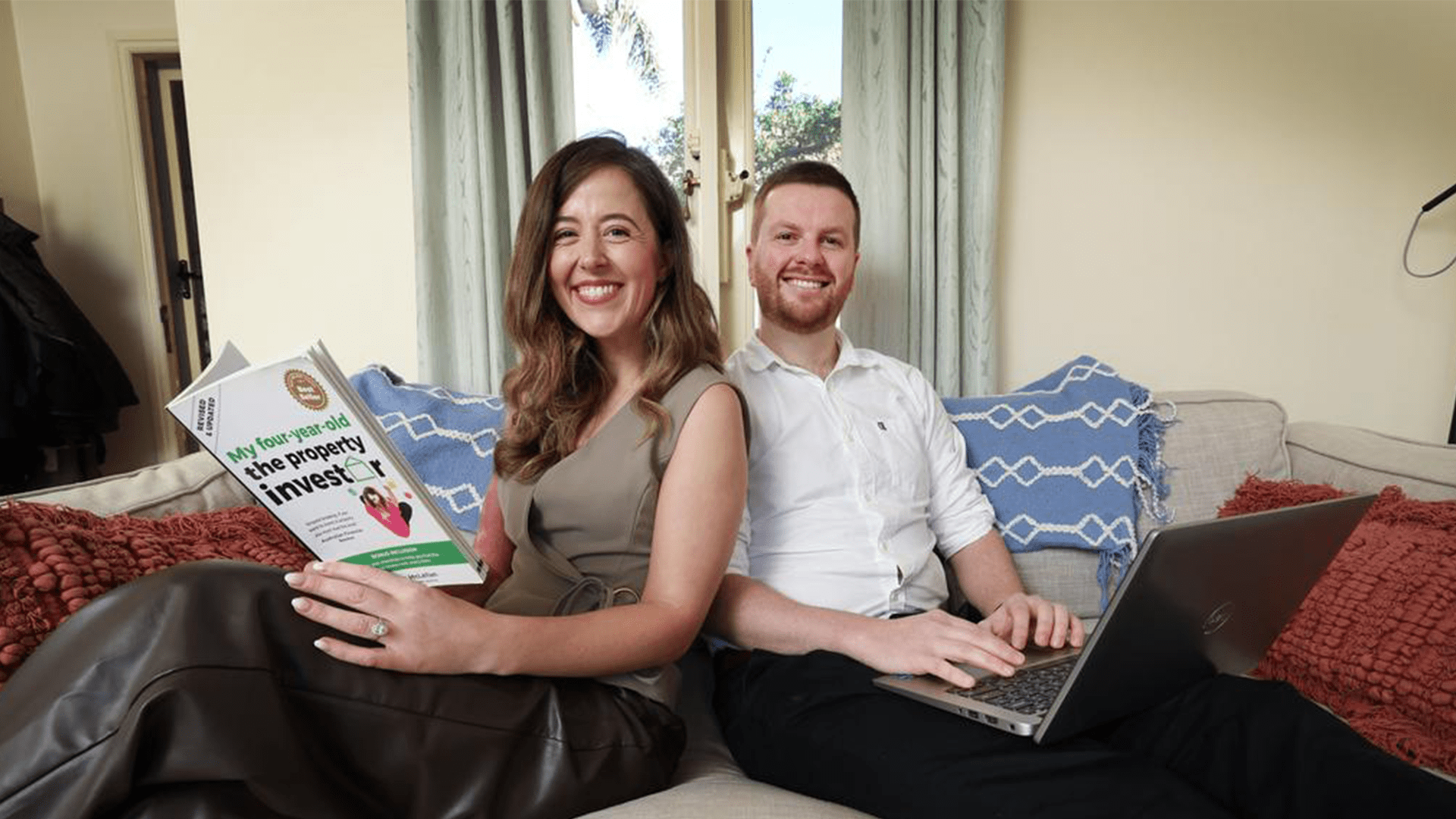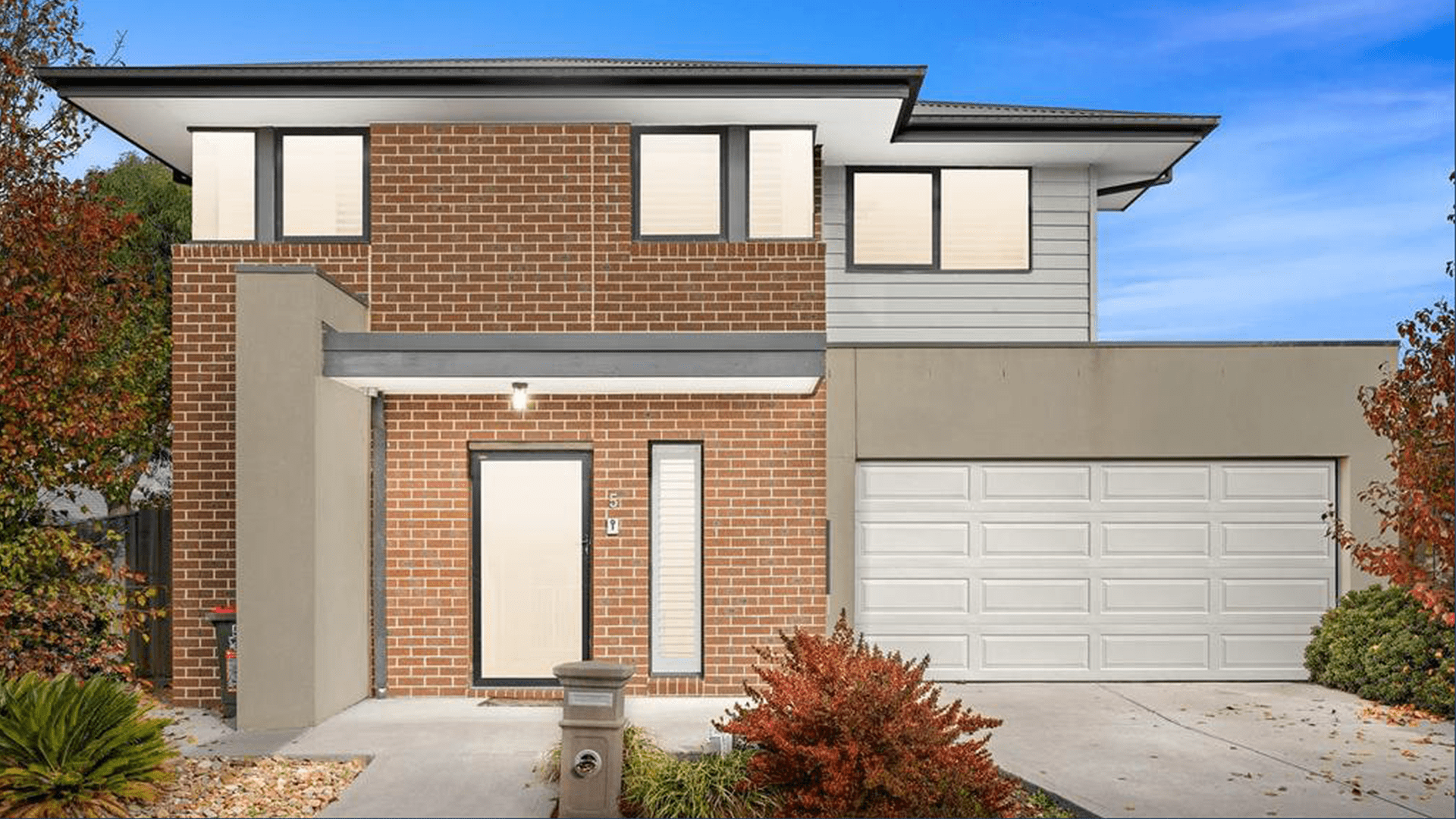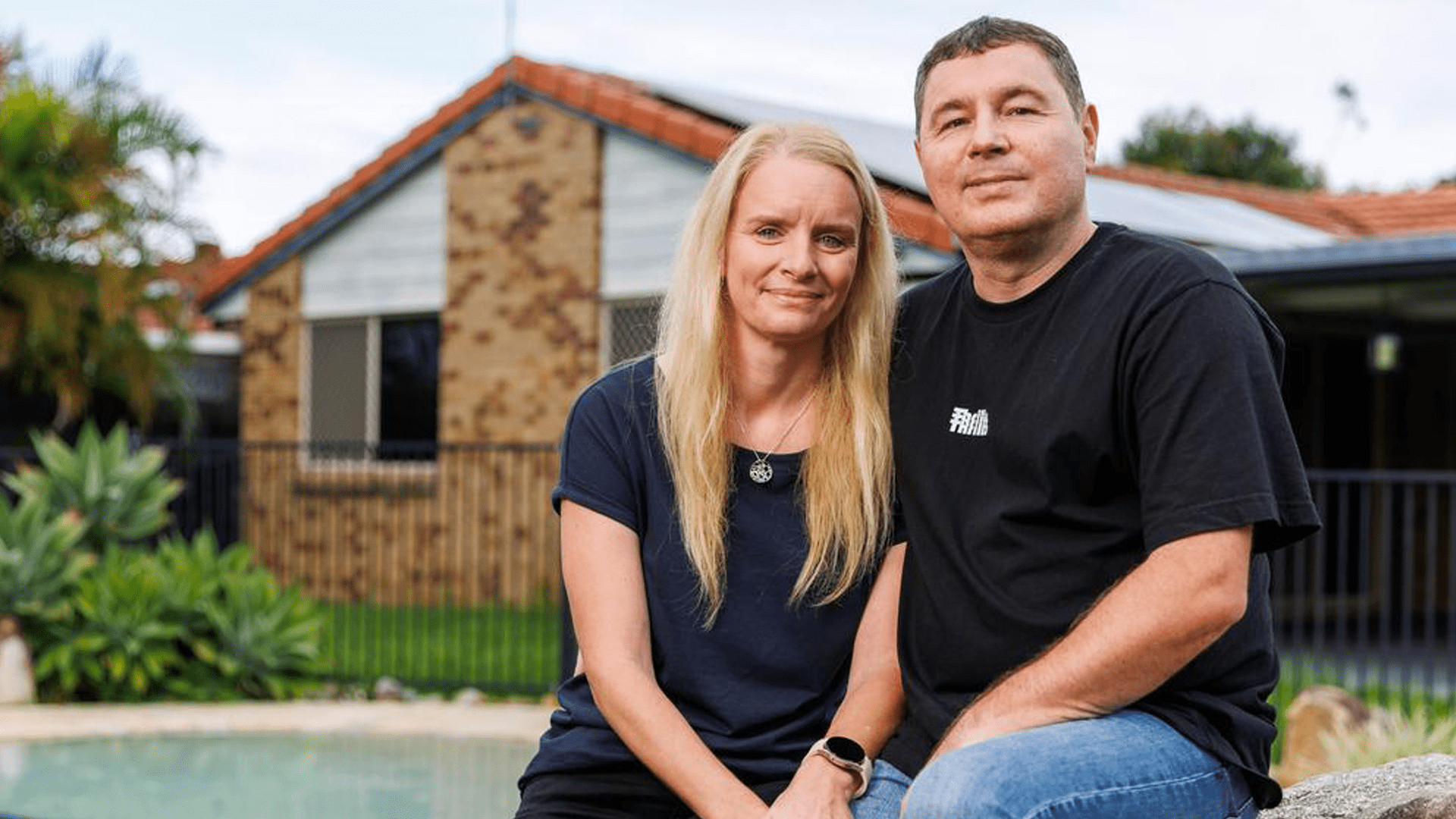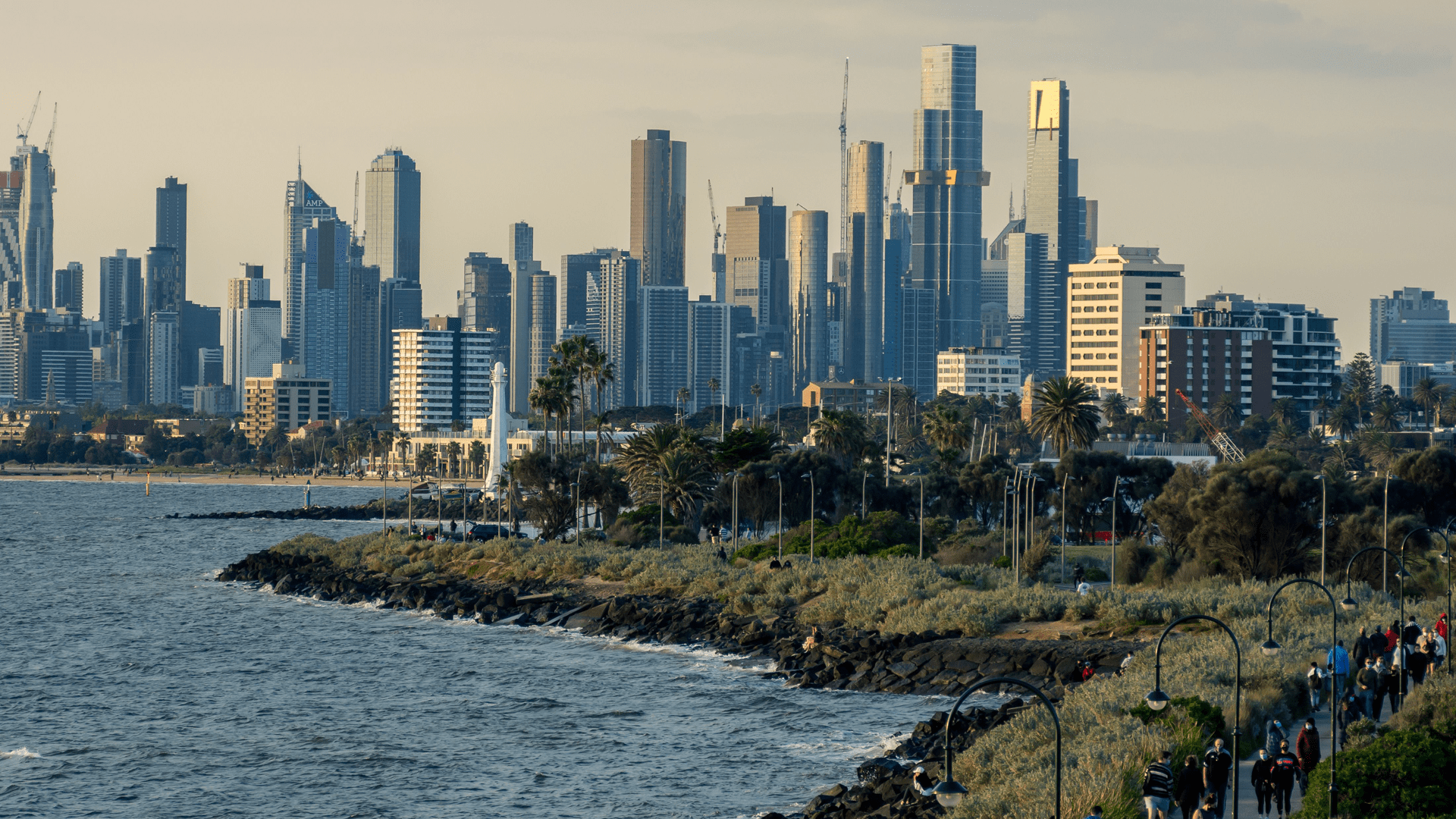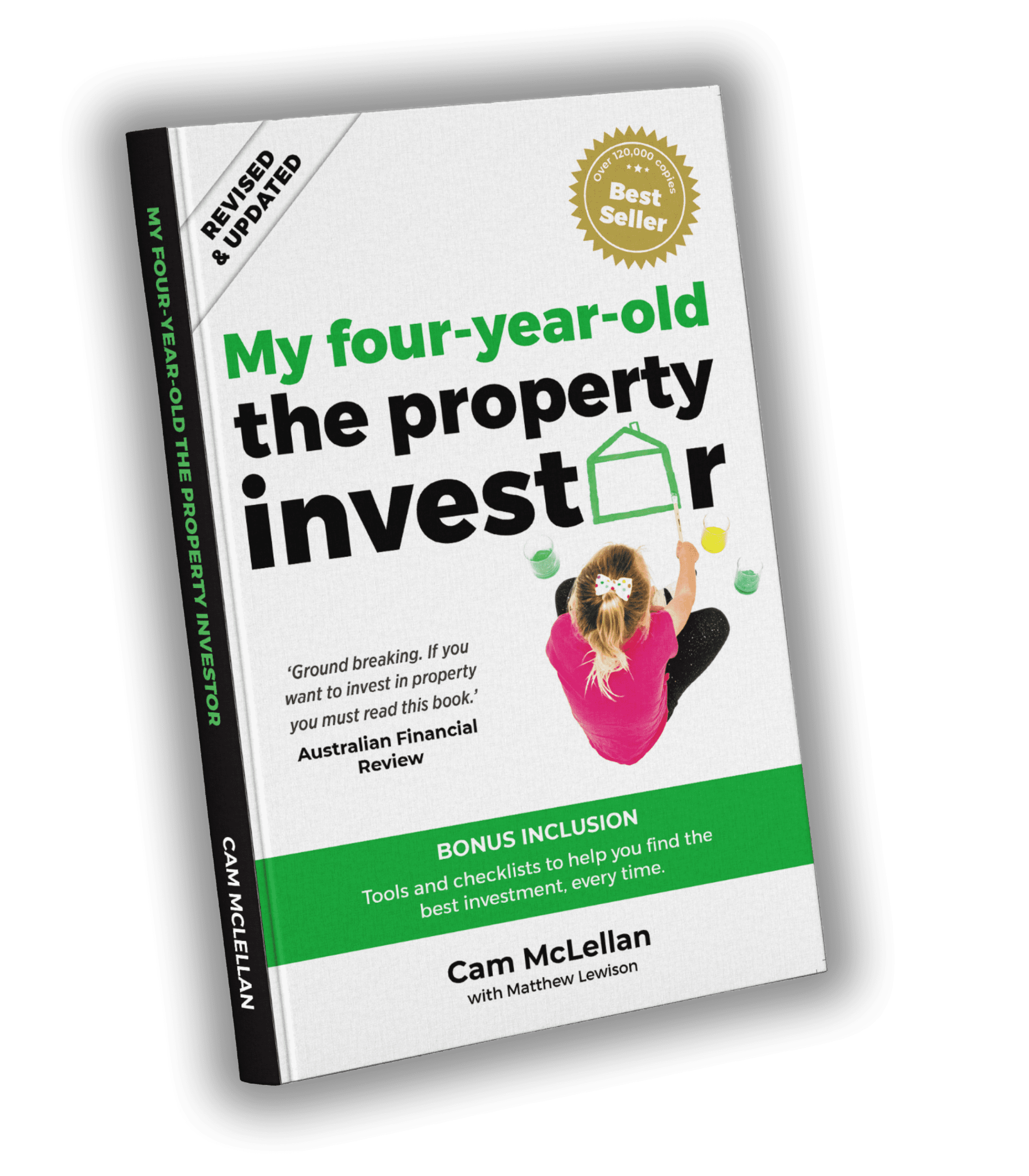Like it or not, banks are an essential part of the property industry. While more than 2.9 million Australian households own their home with no mortgage today, getting into the property market without the aid of a bank is virtually impossible for most Australians.
Given their critical role, which enables homebuyers (including investors) to get into the market, it’s not surprising that so much attention is given to interest rates by Australia’s media. After all, the cost of servicing a mortgage is the biggest expense in most household budgets.
But before we consider whether higher interest rates have made it too expensive to invest in property, it is important to be clear about what it means to “service a mortgage.”
Mortgage Serviceability
When bankers talk about mortgage serviceability, they are referring to the borrower’s ability to maintain their living expenses after considering their proposed borrowings. There are different methodologies that can be used, but for simplicity “mortgage serviceability” is based on the household’s income, including any potential rent, less:
- Tax payable on income
- Recurring expenses and household commitments
- Interest payable on the proposed borrowings
- Principal repayments on the proposed borrowings
- The loan serviceability buffer (currently 3.0% of the proposed borrowings)
Given that most households cannot simply increase their income, the biggest variables in assessing mortgage serviceability are therefore:
- The rental income achieved on any new property (which depends on the property acquired);
- The tax payable on household income (which depends on depreciation benefits of the property acquired, the rent achieved, and the interest paid);
- The interest rate (which is set by the lender and is largely out of the control of the borrower); and
- The amount borrowed (which determines how much interest is paid overall).
While principal repayments are a major component of the mortgage repayments, they are not a major variable in assessing the cost of the mortgage. The reason for this is simple: when you pay the principal off your loan, it increases the equity you have in your property. In other words, it is an equity contribution which you are entitled to in the future, just like shifting money out of one bank account in your name, to a term deposit in your name.
Now, when we come back to the question of whether it is too expensive to buy property given today’s interest rates, the cost of interest is directly related to the property you purchase. This is because the property you purchase dictates how much you borrow, the rent you receive, and the amount of tax you get back in your pocket from depreciation, which helps to cover the cost of interest.
But seriously, is the cost of interest too expensive to invest in property today?
Contrary to media reports, interest rates are currently trending in line with the 30-year average. While there is a perception of all-time highs, the reality is that you could say that interest rates are at a neutral position. We certainly do not expect interest rates to come down any time soon, given Australia’s record low unemployment and massive housing shortfall.
While property prices can vary significantly across Australia, the best way to assess the “affordability” of property today is to compare it to the cost of holding an investment property a decade ago. In fact, in 2012 interest rates were around the same level that they are today. The table below shows the “cost to hold” two real-life properties that have been acquired by OpenCorp clients – the first in Melbourne in 2012, and the second in Perth in 2023. Both are 4-bedroom homes in metropolitan areas on similar land size.
| 2012 | 2023 | |
| Total Purchase Cost | $471,384 | $666,004 |
| Interest (Year 1) | $22,528 | $29,264 |
| Net Rent (Year 1) | $14,560 | $21,840 |
| Tax Savings (Year 1) | $8,461 | $9,315 |
| Net Income (Year 1) | $493 | $1,891 |
| Annual Cashflow (I/O) | $493 | $1,891 |
| Weekly Cashflow (I/O) | $9.48 | $36.36 |
| Annual Equity Contributions* | $(4,148) | $(6,385) |
| Weekly Cashflow (after Equity Contributions) | $(70) | $(86) |
* Principal Repayments
As can be seen, before considering the Equity Contributions (aka Principal Repayments), the cost to hold a new investment property is virtually unchanged between the 2012 and 2023 case studies. In fact, if purchasing with an 80% Loan to Value Ratio the property would be cashflow positive. This is despite a much higher purchase price and after considering changes to the personal tax rates which have come down over the last 10 years.
It is only after factoring in the higher Equity Contributions on the 2023 property (due to the higher loan amounts) that the cost to hold the 2023 purchase is higher than 2012 – by around $16 per week in these examples. Over the same period, the median adult weekly wage has increased by $331, so as a % of income, it is cheaper to hold a new investment property in 2023 than it was in 2012.
While this might seem counterintuitive, given the growth in house prices over the last 11 years, the escalation of rents due to the housing shortage, and the contribution of depreciation greatly favour properties in 2023.
But not all properties are created equally.
The above examples are both based on the purchase of a new property, which offers greater depreciation benefits, lower holding costs and, generally, higher rents. If we look at the cost of holding an established property today vs a property acquired in 2012, the picture is vastly different:
| 2012 | 2023 | |
| Total Purchase Cost (Established) | $462,000 | $651,000 |
| Annual Interest | $22,528 | $29,264 |
| 1st Year Net Rent | $13,312 | $19,099 |
| 1st Year Tax Savings | $4,320 | $4,526 |
| Net Income | $(4,896) | $(5,639) |
| Annual Cashflow (I/O) | $(4,896) | $(5,639) |
| Weekly Cashflow (I/O) | $(94) | $(108) |
| Annual Equity Contributions | $(4,148) | $(6,385) |
| Weekly Cashflow (after Equity Contributions) | $(174) | $(231) |
Again, there is not a material difference in holding costs for an established property purchased today in an affordable area with the cost to hold a similar established property purchased in 2012. There is a huge difference between the cost to hold an established property compared to the cost to hold a new property.
So, if you have the right strategy and understand where to buy to get the optimal rental yield, and have the right structure and purchase strategy, then the cost of holding property today is no worse than it was in 2012. Given that the median house price in most capital cities has increased by between 40% and 50% over the last 10 years, I’m sure most people that brought a property in 2012 would be incredibly happy with their investments.
What else do we need to consider?
While we have looked at the impact of interest rates in this article, it is important to consider all factors affecting the housing market.
The mortgage serviceability buffer ensures that borrowers who qualify for a loan have ample capacity to cover any further increases in interest rates. Investors that can qualify for a loan today are well positioned to take advantage of the market conditions that heavily favour property owners.
While the media tends to focus on negative stories to sell newspapers, the fundamentals of the market remain extremely strong due to:
- Rental crisis: vacancy rates are at, or below, 1.0% in most capital cities and rents are rising rapidly.
- Record population growth: 500,000 people moved to Australia in 2022, with a similar trend continuing into 2023.
- Strong wage growth: wages are growing at their fastest pace in over a decade.
- Significant undersupply of housing: 50,000 fewer homes going to be built in next 12 months
These conditions favour investors and indicate strong potential for rental and house price growth in the coming years.
Interest rates may be higher today than they were in the midst of the Covid pandemic, but in relative terms there are still opportunities to secure properties with a low cost to hold and high growth prospects. The key is to use a proven strategy for finding the right properties to suit your budget, which maximise the rent and tax benefits to ensure the most favourable cashflow position.
Disclaimer: The information provided in this blog is general property information only and should not be construed as financial or investment advice. It is always recommended to consult with a tax professional regarding your own personal tax planning.

